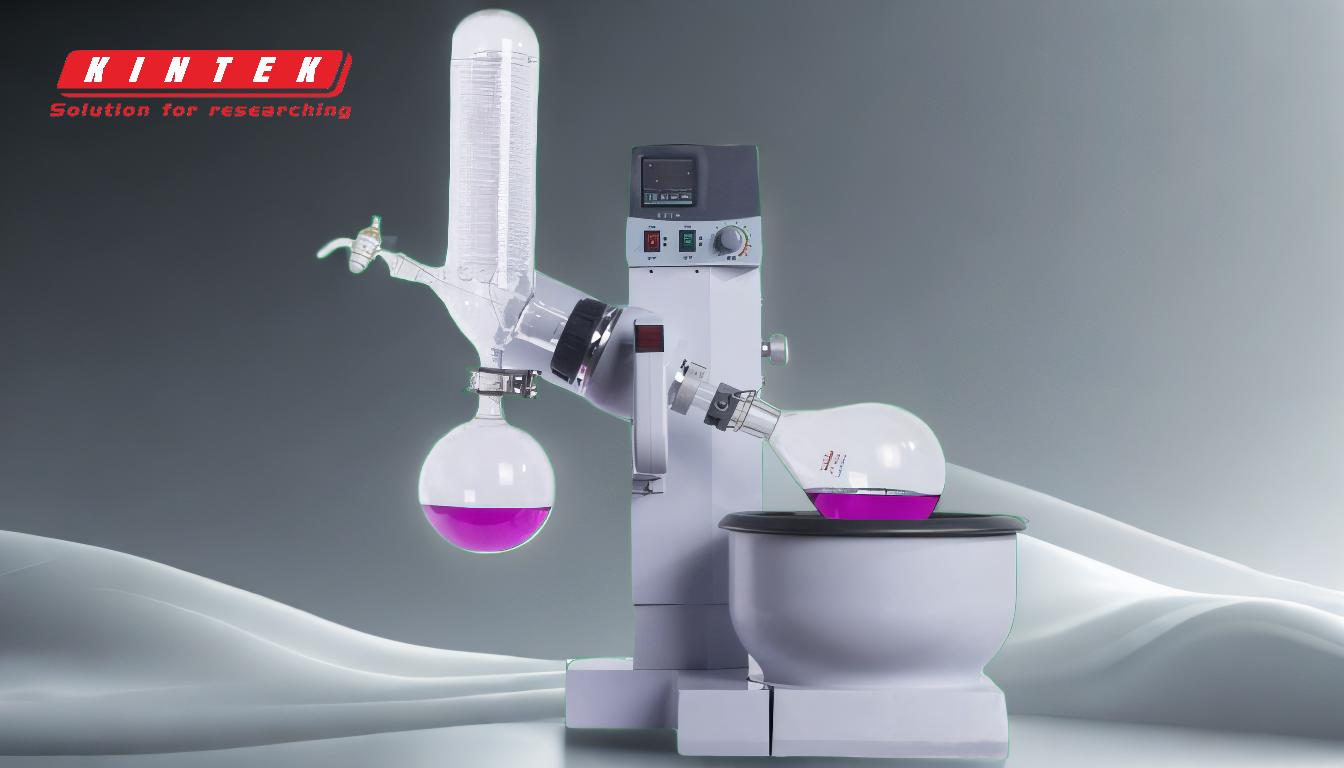Distillation is a separation technique that leverages the differences in boiling points of compounds within a mixture. By heating the mixture, the component with the lowest boiling point vaporizes first. The vapor is then condensed back into a liquid and collected, effectively separating it from the other components. This process can be repeated to isolate multiple compounds, provided their boiling points differ significantly. Distillation is widely used in industries such as chemistry, pharmaceuticals, and food processing to purify liquids or separate mixtures into their constituent parts. The method is particularly effective when the boiling points of the compounds differ by at least 70 degrees Celsius.
Key Points Explained:

-
Principle of Distillation:
- Distillation relies on the fact that different compounds in a mixture have distinct boiling points.
- When the mixture is heated, the compound with the lowest boiling point vaporizes first.
- The vapor is then cooled and condensed back into a liquid, which is collected separately.
-
Role of Boiling Points:
- The boiling point of a compound determines the temperature at which it transitions from a liquid to a gas.
- By controlling the temperature, you can selectively vaporize and condense specific compounds.
- For effective separation, the boiling points of the compounds should differ by at least 70 degrees Celsius.
-
Process of Simple Distillation:
- The mixture is heated to the boiling point of the most volatile component.
- The vapors produced are immediately condensed and collected.
- As the concentration of the lower boiling point component decreases, the temperature is increased to vaporize the next component.
- This process continues until all components are separated.
-
Short-Path Distillation:
- This method is used for heat-sensitive compounds or when high purity is required.
- The mixture is heated under reduced pressure, lowering the boiling points of the components.
- The vapor travels a short distance before condensing, minimizing the risk of thermal degradation.
-
Applications of Distillation:
- Chemical Industry: Purification of solvents and reagents.
- Pharmaceuticals: Isolation of active pharmaceutical ingredients.
- Food and Beverage: Production of alcoholic beverages and essential oils.
- Petroleum Refining: Separation of crude oil into various fractions like gasoline, diesel, and kerosene.
-
Advantages of Distillation:
- High purity of separated compounds.
- Scalable for industrial applications.
- Can be adapted for both simple and complex mixtures.
-
Limitations of Distillation:
- Requires significant energy input for heating and cooling.
- Not effective for compounds with very similar boiling points.
- May degrade heat-sensitive compounds if not performed under controlled conditions.
By understanding the principles and techniques of distillation, one can effectively separate and purify compounds based on their boiling points, making it a cornerstone method in various scientific and industrial fields.
Summary Table:
| Aspect | Details |
|---|---|
| Principle | Separates compounds based on differences in boiling points. |
| Key Factor | Boiling points should differ by at least 70°C for effective separation. |
| Process Types | Simple distillation, short-path distillation. |
| Applications | Chemical, pharmaceutical, food processing, petroleum refining. |
| Advantages | High purity, scalability, adaptability to various mixtures. |
| Limitations | High energy use, ineffective for similar boiling points, heat sensitivity. |
Discover how distillation can optimize your processes—contact our experts today!









